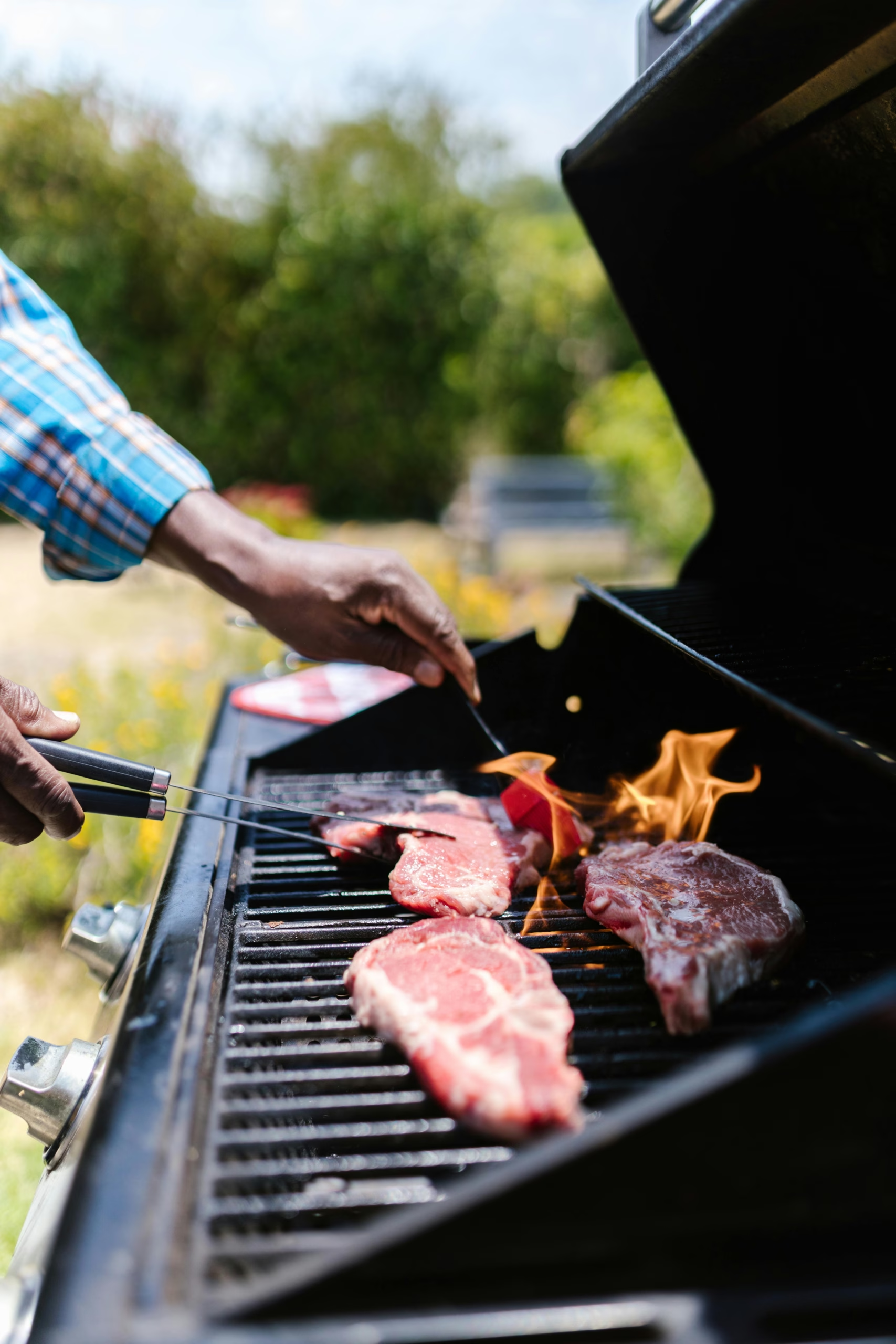Beef quality grading is a science that ensures consumers receive consistently high-quality meat. This system, developed over years of research and practice, assesses various factors like marbling, age, and texture. This article delves into how beef grades are determined, focusing on the meticulous process that differentiates a prime cut from a select one.
Key Factors in Beef Grading:
- Marbling:
- Marbling, the small flecks of fat within the muscle, is a key indicator of quality. It impacts flavor, tenderness, and juiciness. Marbling is evaluated visually by trained graders.
- The amount of marbling is directly correlated with the beef’s grading, with higher levels of marbling leading to higher grades.
- Meat Color and Texture:
- The color of the beef is assessed for brightness, cherry-red hues, and uniformity. Darker or inconsistent coloring can indicate lower quality.
- Texture is evaluated based on the fineness or coarseness of the meat’s grain. A finer grain typically indicates a higher quality.
- Maturity:
- The age of the animal at slaughter affects the texture and flavor of the beef. Younger cattle produce more tender and flavorful meat.
- Graders determine maturity by looking at the bones and cartilage, which change in appearance as the animal ages.
- Firmness and Fat Distribution:
- The firmness of the meat is assessed to ensure it’s not too soft or too hard.
- Even fat distribution (other than marbling), particularly in the exterior fat, is important for overall quality.
Grading Systems:
- USDA Grading:
- In the United States, the Department of Agriculture (USDA) grades beef as Prime, Choice, and Select, among others. Prime grade is the highest, indicative of abundant marbling and superior quality.
- Additional grades like Standard, Commercial, Utility, Cutter, and Canner are used for less tender and flavorful meats.
- International Grading:
- Other countries have their own grading systems. For instance, Japan uses a combination of letters and numbers (like A5) to grade Wagyu beef, which is renowned for its extreme marbling and richness.
- Australia uses the Meat Standards Australia (MSA) grading system, which includes additional factors like feeding and handling practices.
Modern technology plays a significant role in beef grading. Computer imaging and algorithms are increasingly used for more accurate and consistent assessments. This technology complements the expertise of human graders, making the process more efficient and reliable.
Understanding the science behind beef quality grading helps consumers make informed decisions when purchasing meat. It also ensures that standards for taste, texture, and overall quality are upheld in the industry. As technology evolves, we can expect even more precise and sophisticated grading systems in the future.


